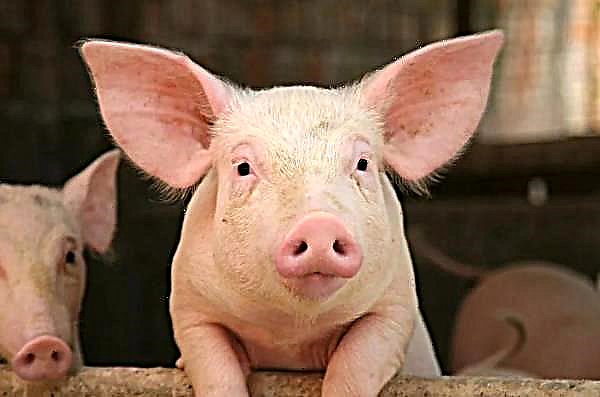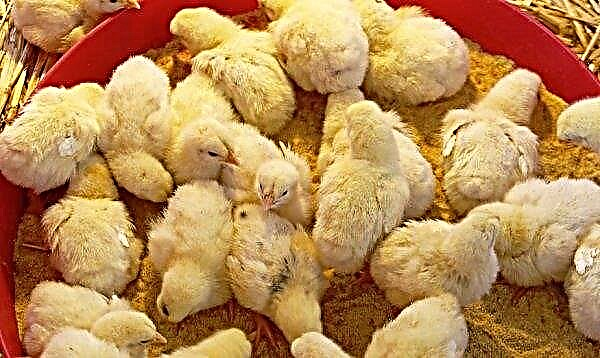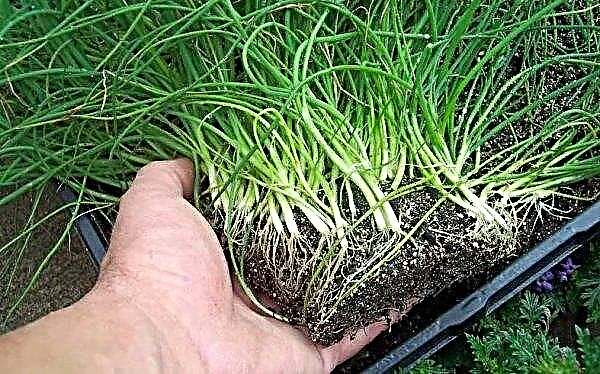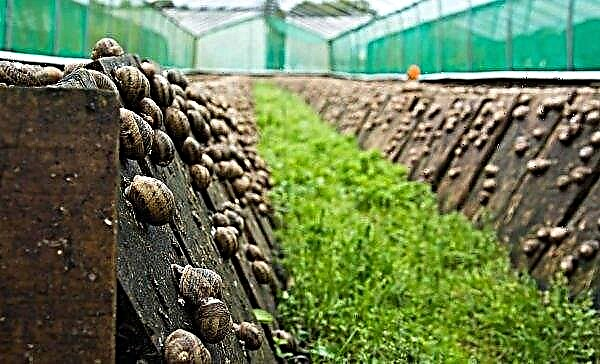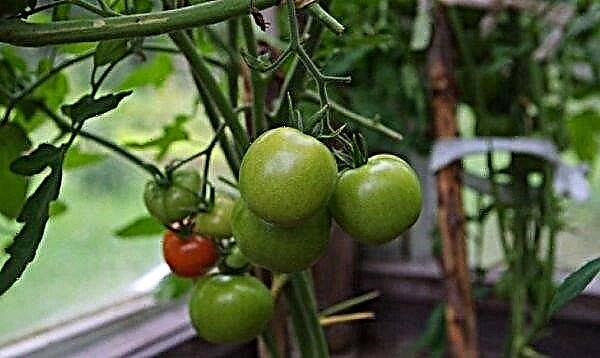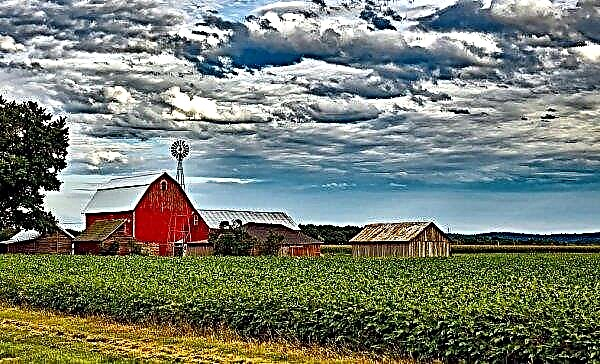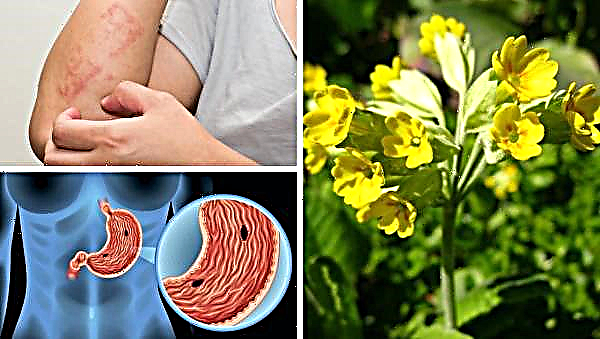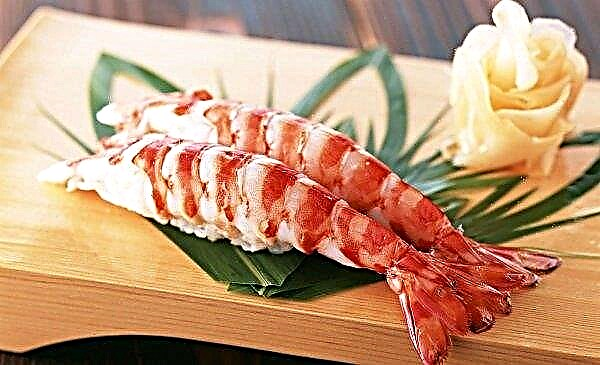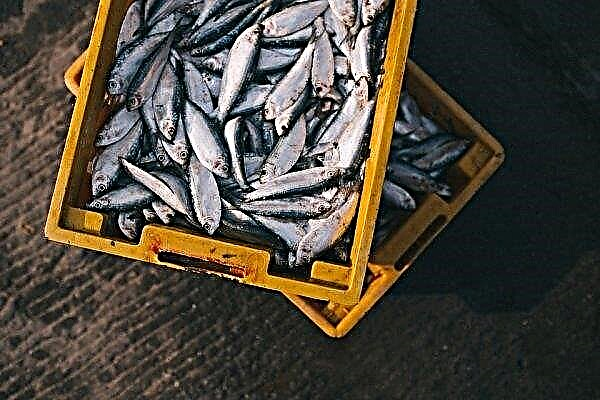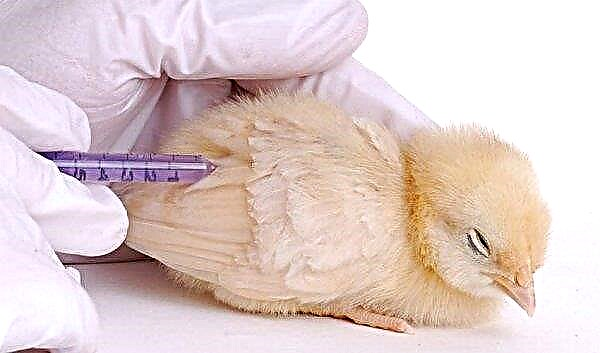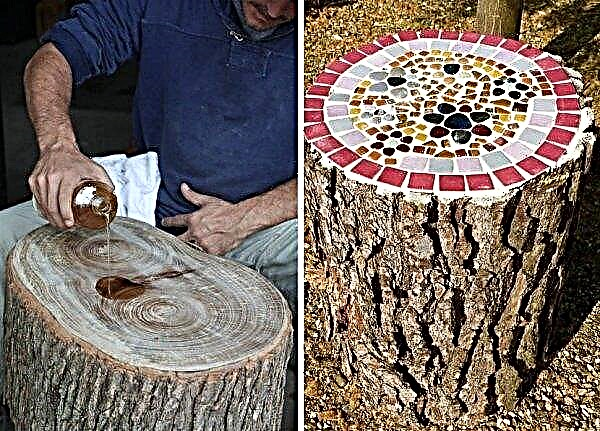Altai onions Alves is an excellent option for adding variety to the list of plants growing on the garden plot. The variety has many advantages, while in appearance and taste it is slightly different from the usual onion. About planting and growing varieties read below.
Description and characteristics of Altai onions varieties Alves
Alves variety - a long-term cultural variety of Altai onionsand. When buying seed, pay attention to the description of the appearance, ripening time, yield and beneficial properties of the plant.
What does it look like
In one copy of the bow, up to 4 feathers no higher than 30 cm. Feathers of a durabactic shape with a sharp end, covered with a bluish coating. The flower stalk is located in the middle. Its height is 30–70 cm, the shape is also dupe. An umbrella-shaped bud blooms on the peduncle. After dissolution, the flowers acquire a light yellow color. The plant blooms up to 3 weeks, which is why it is used for decorative purposes.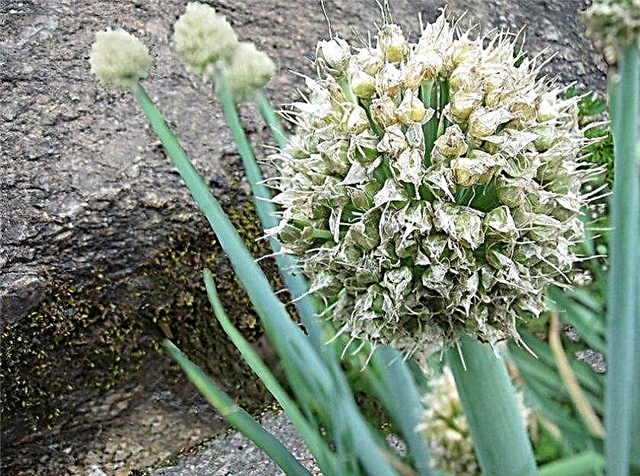
If the feathers are not trimmed in the second year after planting, then edible turnips will ripen by the third year. Altai onions Alves differs in egg-shaped bulbs with an average diameter of 3 cm. The average weight of one turnip is 40 g. The skin is brownish in color. Rhizome developed and branched.
Did you know? Altai onions Alves - an excellent honey plant. Bees produce thick yellow honey from the pollen of its flowers.
Ripening dates and productivity
Variety refers to rapidly ripening. From the moment the first feathers appear and until ripening, 25-30 days pass. From 1 m², an average of 2 kg of feathers is collected. When grown on turnips, up to 2 kg of fruit per 1 m² is obtained.
Useful properties and possible contraindications
- The plant contains many useful substances, in particular:
- vitamins A, B1, B2, C, PP;
- potassium;
- iron;
- magnesium;
- amino acids.
- Contraindications for use are the same as for onions:
- the product should not be used for gastritis, ulcers, urolithiasis.
Features of planting Altai onions varieties Alves
Planting Altai onions Alves is associated with a number of nuances. The farmer needs to determine the timing and carry out preparatory work on the site. Landing for good germination is carried out strictly according to technology.
Did you know? In the wild, Altai onions are found in Mongolia, in the south of Siberia, in Central Asia, in the east of Kazakhstan and in the Baikal region. Wild culture grows on a rocky landscape.
Landing time
Sowing seeds is carried out in early April or in November. With seedlings, seedlings are transferred to open ground in May. Reproduction by separation of the bush is carried out from late May to the second half of August.
Preparatory work before landing
Preparatory work before planting a vegetable involves choosing a suitable site, observing crop rotation and preparing seeds.
Seat selection
When choosing a site, pay attention to the type of substrate. Onions Alves grows well in non-acidic loosened soil. If there is no choice and the landing will be carried out in acidic soil, it is preliminarily calcified. 1.5 kg of dolomite flour is added per 1 m².
Before landing, you must prepare the site in the following sequence:
- Dig the soil to a depth of 15 cm.
- Remove all weeds.
- On 1 m², add 5 kg of compost and 50 g of nitrofoska.
Important! Landing area should be open and lit. Shading is best avoided.
Predecessors
When planning sowing, follow crop rotation rules.Good predecessors for Alves are:
- cucumber;
- legumes;
- Tomatoes

Seed preparation
Before planting, seeds need to be prepared - this increases the germination of planting material. Grains are placed in a 1% solution of potassium permanganate for 12 hours. After soaking, the material is allowed to dry.
Landing technology
Agronomists recommend onion planting using the following technology:
- Draw the ridges at a distance of 30 cm from each other.
- In each ridge, make indentations up to 5 cm long and 2 cm deep. The distance between the holes should be approximately 5 cm.
- Water the rows.
- Drop the planting material into the wells.
- Sprinkle the seeds with soil.

How to care for Altai onions?
Planting care involves mandatory watering, top dressing, cultivating and weeding.
Watering
Watering is carried out as necessary. Water stagnation in the soil must not be allowed. The variety is resistant to droughts, so it’s not scary if watering is rare. Plantings are irrigated with warm, settled water.
Soil cultivation and weeding
In the second year after sowing, the plantings are thinned out so that the distance between the plants is 20–30 cm. From this moment, the soil is regularly loosened after each watering or rain. Weeding the beds should be as necessary.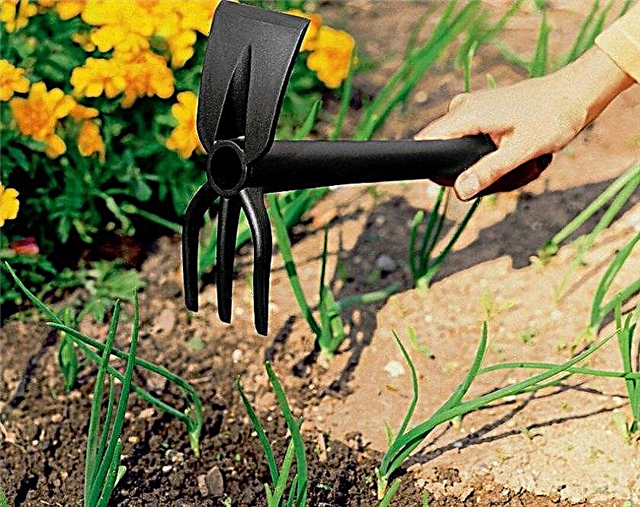
Feeding
Top dressing is applied up to 5 times during the growing season:
- in March - ammonium nitrate (1 tbsp. per bucket of water);
- after each collection of feathers (up to 4 times per season) - mullein (1.5 l) and ash (100 ml) per 10 l of water.
Important! Do not feed more than indicated in the recommendations. Excessive feeding is fraught with a violation of the development of plants.
Plant pests and diseases
According to the originator, the variety is not susceptible to diseases and pests. For successful cultivation, it is enough to adhere to the specified rules of agricultural technology.
Harvesting and storage
During the growing season spend 2–4 feather cuts. Leaves are recommended to be cut at a height of 5 cm from the soil level.
Greens are best used immediately in cooking. Bulbs are stored for several months in a dry, ventilated room at room temperature.The main advantages of Altai onions Alves are perennial growth, disease resistance, frost resistance and unpretentiousness in care. Subject to all the nuances of cultivation, the farmer will annually receive a rich harvest.

